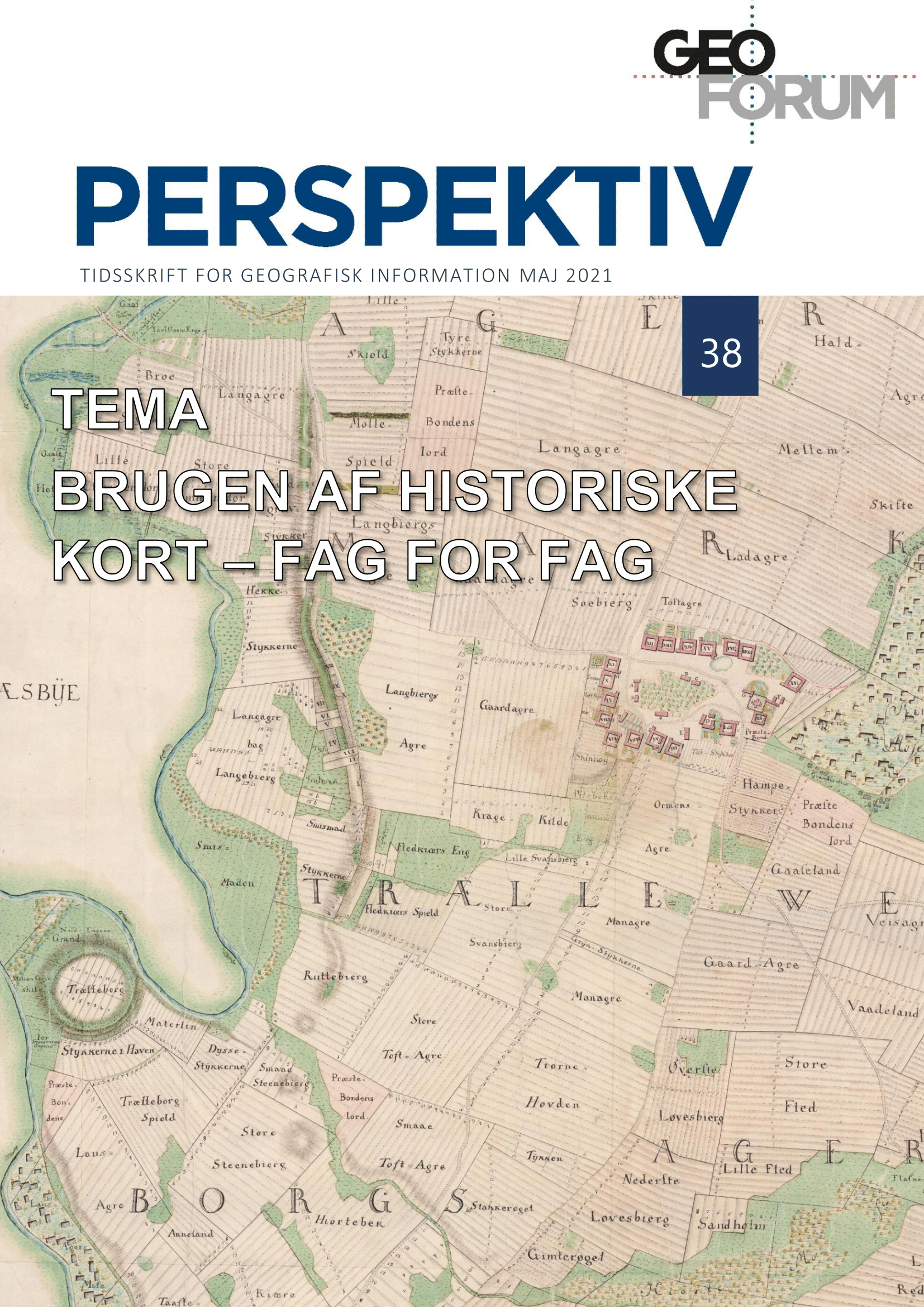Maps as source for place-names in Denmark. The use of historical maps in Danish toponomastics
DOI:
https://doi.org/10.5278/ojs.perspektiv.v20i38.6594Abstract
Cartographical sources have played a central role in Danish place-name studies since the mid-nineteenth century. This holds true both in terms of providing historical spellings of the names as well as in locating the named settlements and physical features. Cartographical sources are especially valuable when a settlement no longer exists or when the name of a landscape feature is no longer in use. In some cases, cartographical studies of the location of a certain feature have been used to explain the etymology of the name, based on the nature of the physical landscape in which it is situated. As a source for historical spellings of place-names, maps have been considered particularly important for ’names of individual farmsteads and natural features, which are usually not named in written sources before the mid-seventeenth century. Likewise, historical maps have been an important source for all place-names attached to settlements established in post-medieval times. This can be seen in the catalogues of Danmarks Stednavne (‘Place-Names of Denmark’), where the lists of noted spellings for each name contain more cartographical references for minor and younger place-names than for older settlement names sufficiently accounted for in medieval textual sources. On a nationwide basis, Videnskabernes Selskabs kort (‘Maps of the Academy of Sciences’) from 1768–1825 (and, in more recent times, the more detailed draft maps for this series from 1762–1809) have constituted a standard cartographical source for most place-names, along with the enclosure maps (udskiftningskort) from 1780–1810, the topographic maps made by the General Staff (høje målebordsblade) from 1842–1899, and present-day topographic maps. Thus, maps have been used frequently in place-name studies both as source for historical spellings, to explain the original meaning of a place-name, and to pinpoint the location of deserted settlements and other archaeologically interesting locations.
Downloads
Published
Issue
Section
License
Copyright (c) 2021 Johnny Grandjean Gøgsig Jakobsen

This work is licensed under a Creative Commons Attribution-NonCommercial-NoDerivatives 3.0 Unported License.
Authors publishing on Geoforum Perspektiv retain full but non-exclusive rights in their articles, and are required to use the Creative Commons license CC by-nc 4.0 when submitting their work.





